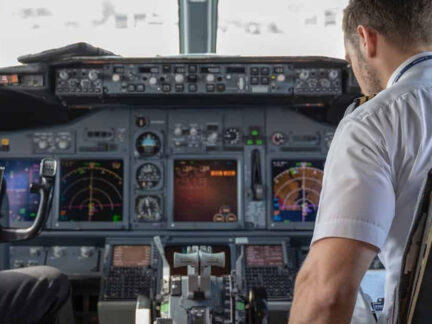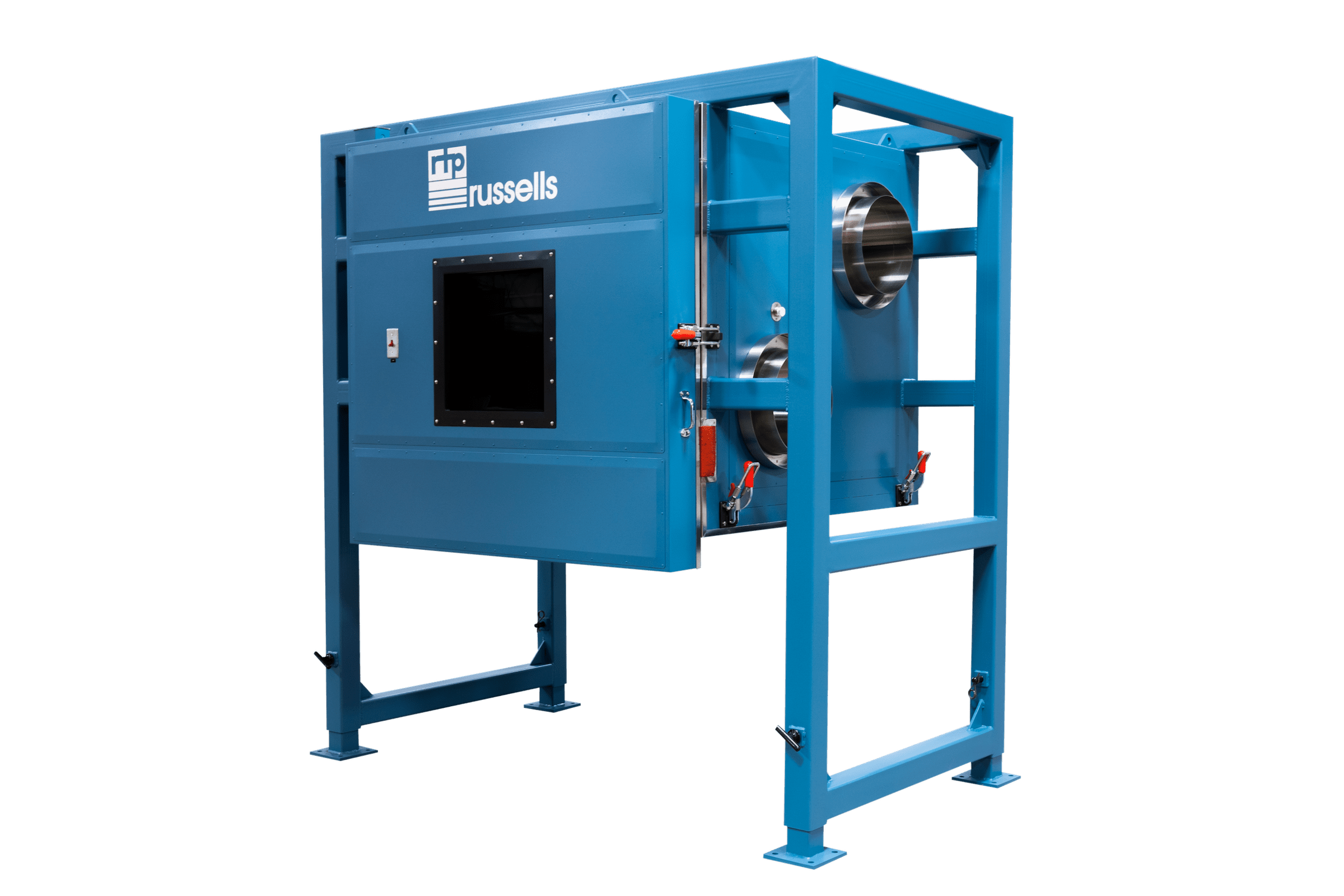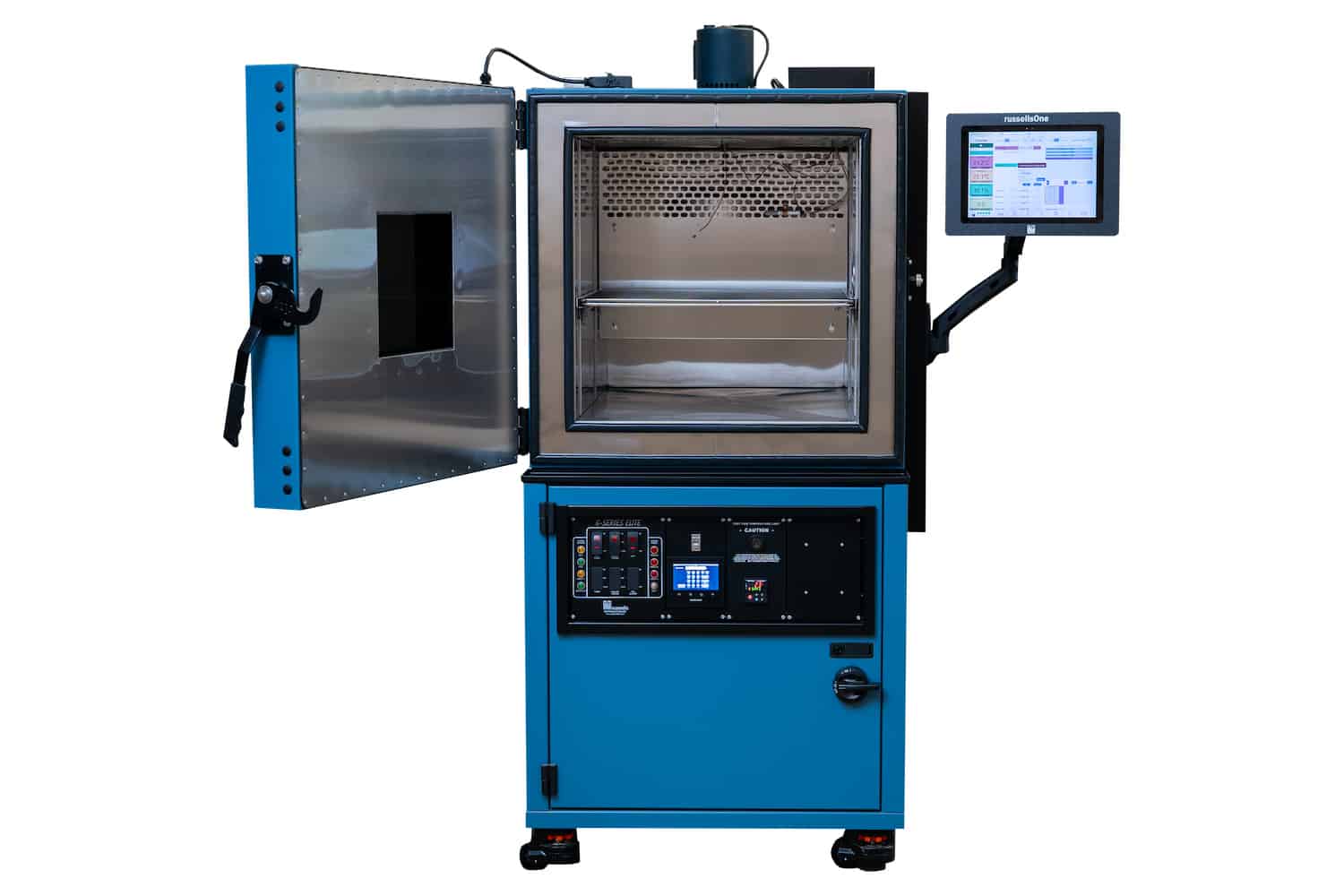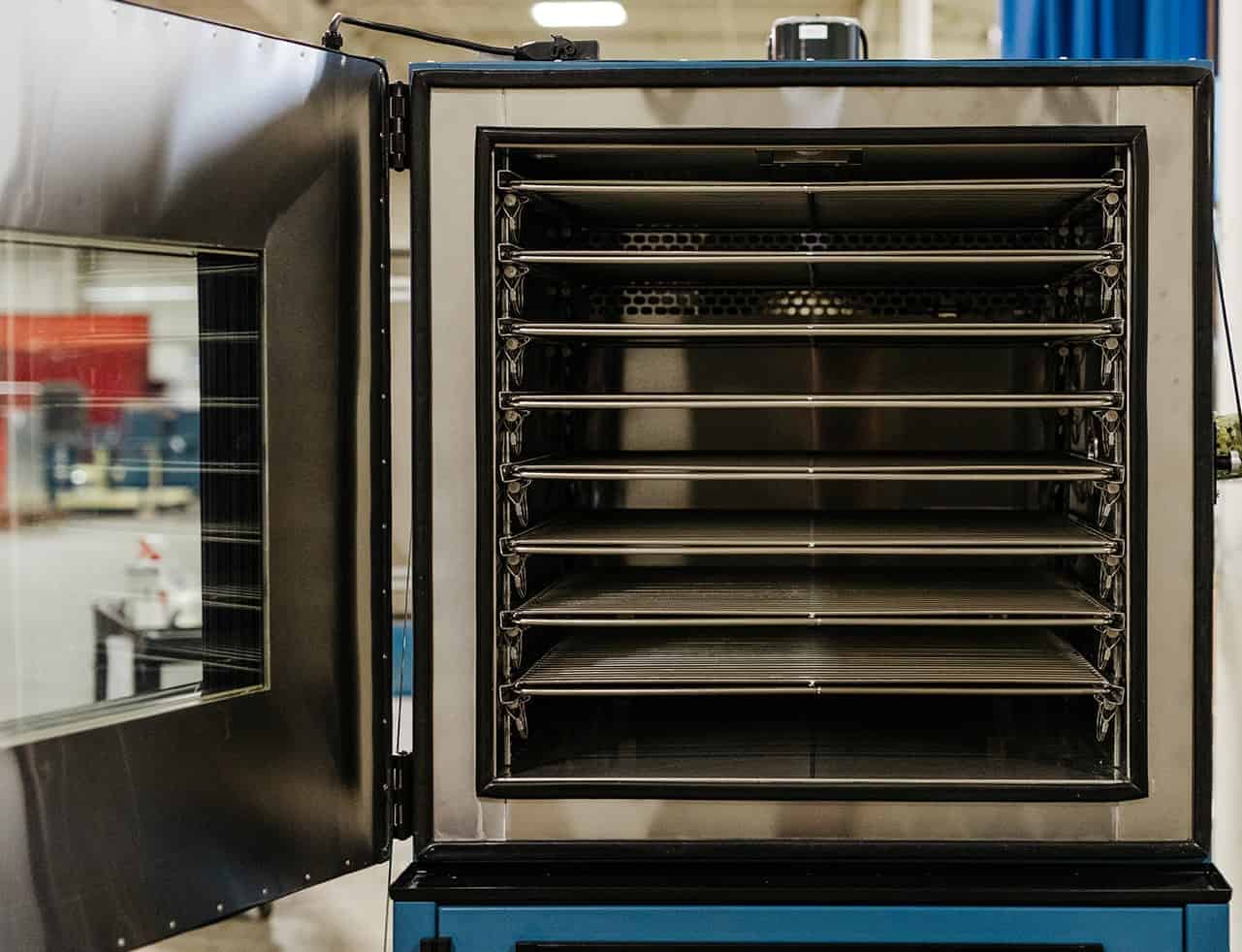Ensuring your products are reliable, durable, and market-ready is essential for success. Across industries, product testing is a vital part of maintaining quality. Proper testing not only ensures that products perform as intended but also helps avoid costly recalls, protecting your brand’s reputation.
A key tool in this process are environmental test chambers, which allow manufacturers to replicate real-world conditions in a controlled setting. This article explores the importance of product testing and how environmental test chambers contribute to product success.
What is Product Testing?
Product testing is a thorough process that evaluates how well a product functions, holds up under stress, and remains safe for consumers. The primary objective is to identify and address potential flaws before the product reaches the market. By doing so, manufacturers ensure the product is both safe and effective.
There are several critical types of product testing that companies rely on, including:
- Functional Testing: Verifies that the product performs as expected in everyday use scenarios.
- Performance Testing: Assesses how well the product functions under specific conditions, including stress tests that simulate extreme environments.
- Reliability Testing: Measures the product’s ability to maintain consistent performance over time.
Through these types of testing, manufacturers can detect issues early in the production process, allowing them to resolve potential problems before the product reaches consumers. This saves time, money, and — most importantly — helps avoid damage to brand reputation. For example, electronics manufacturers often perform product testing to evaluate how their devices perform in varying conditions of temperature and humidity.
The Importance of Environmental Test Chambers
An essential part of modern product testing is the use of environmental test chambers. These chambers simulate environmental conditions such as extreme temperatures, humidity, altitude, and vibrations that a product may encounter throughout its life cycle. By exposing a product to these conditions, manufacturers can observe how it performs and identify any weaknesses.
Different types of environmental chambers are available, depending on what testing is required:
- Temperature and Humidity Chambers: Temperature chambers expose products to extreme heat or cold to determine how they respond. Humidity chambers test the impact of moisture on a product’s internal components and materials.
- Thermal Shock Chambers: Assess how a product handles sudden, extreme temperature changes, such as moving from cold storage to a warm environment.
- AGREE Chambers: Simulate the physical stress a product might endure during transport or operation in high-vibration environments.
Using environmental test chambers in their product testing processes allows manufacturers to detect flaws that might otherwise go unnoticed. For example, automotive companies use these chambers to confirm that vehicle components can operate reliably under extreme weather conditions and during extended use.
Benefits of Environmental Test Chambers in Product Testing
Using environmental test chambers in product testing offers significant benefits, particularly when it comes to improving product reliability and compliance with regulatory standards.
Improved Reliability and Safety
Testing in controlled environments that replicate extreme conditions ensures that products can withstand the challenges they may face in the real world. This results in more reliable, safer products that are less likely to fail in customer hands. Products that pass these rigorous tests offer better protection for both consumers and brand reputation.
Early Detection of Design Flaws
Environmental test chambers allow manufacturers to identify weaknesses in product design and material choices. For instance, certain plastics may become brittle in extremely cold environments, or electronic components might overheat when exposed to high temperatures. Detecting these flaws early enables manufacturers to refine their designs and select better materials before mass production.
Cost Efficiency
Addressing design flaws early in the development process is far more cost-effective than issuing recalls or repairing products after they’ve reached the market. Preventing widespread failures or defects with environmental testing saves companies from the financial and reputational costs associated with these problems. Moreover, reducing the likelihood of product recalls helps ensure smoother production schedules and greater customer satisfaction.
Ensuring Compliance with Industry Standards
Many industries are governed by stringent safety and performance regulations. By testing products in environmental chambers, manufacturers can verify that their products meet or exceed these standards, ensuring compliance and reducing the risk of fines or product delays. This is especially important in highly regulated industries such as aerospace, automotive, and medical devices, where environmental test chambers are essential for meeting industry benchmarks.
In summary, product testing plays a critical role in the product development cycle, ensuring that products are safe, reliable, and capable of performing as expected in various conditions. The use of environmental test chambers enhances this testing by replicating real-world environments, helping manufacturers identify and address potential flaws before products reach consumers.
For companies that prioritize quality, incorporating environmental test chambers into their product testing process is a savvy investment. It boosts product reliability, reduces the risk of recalls, and ensures compliance with industry standards. Whether you’re manufacturing electronics, automotive components, or medical devices, robust product testing — particularly that using environmental test chambers — is key to delivering high-quality products that stand the test of time.









